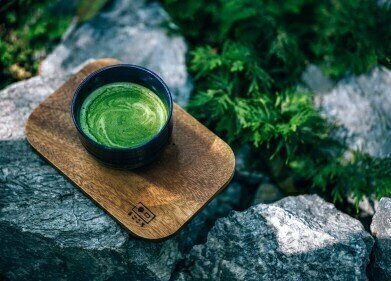Electrophoretic separations
Two-component empirical Bayes (EB) model tested
Nov 09 2011
Quantitative analysis processes have been used to test microarray data analysis processes.
In a study published by BMC Bioinformatics, a team from organisations in the US, implemented two-component empirical Bayes (EB) models for the differential analysis of two-dimensional polyacrylomide gel electrophoresis (2D gel, 2D PAGE, 2-DE) data.
The team noted in the report that EB models have been widely discussed for large-scale hypothesis testing and applied in the context of genomic data, but added that in the literature, the estimations of mixture density do not consider assumptions about null density.
"Thus, there is no guarantee that the estimated null component will be no greater than the mixture density as it should be," the report stated.
Following the investigation, the team determined that the two-component EB model is incredibly useful for large-scale hypothesis testing where it is often not appropriate for the use of theoretical null density.
"The estimation approach proposed can be applied to other contexts where large-scale hypothesis testing occurs," the report claimed.
Posted by Fiona Griffiths
Events
May 11 2025 Vienna, Austria
May 18 2025 Tempe. AZ, USA
May 21 2025 Birmingham, UK
Jun 01 2025 Baltimore, MD, USA
Jun 15 2025 Bruges, Belgium














